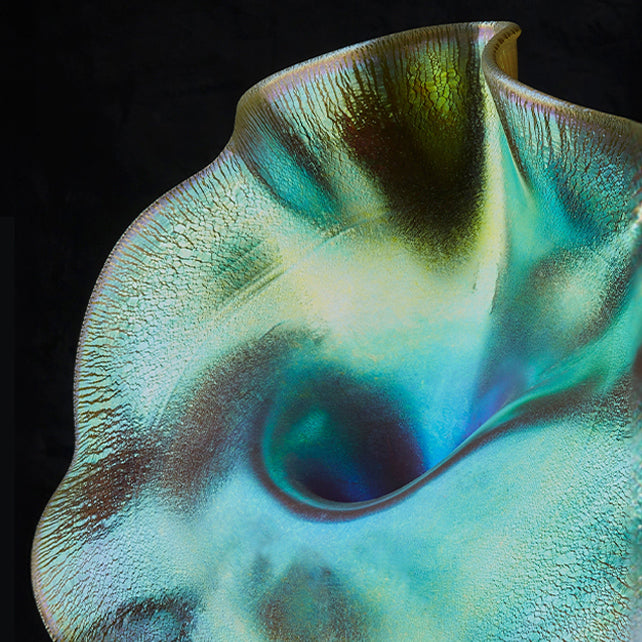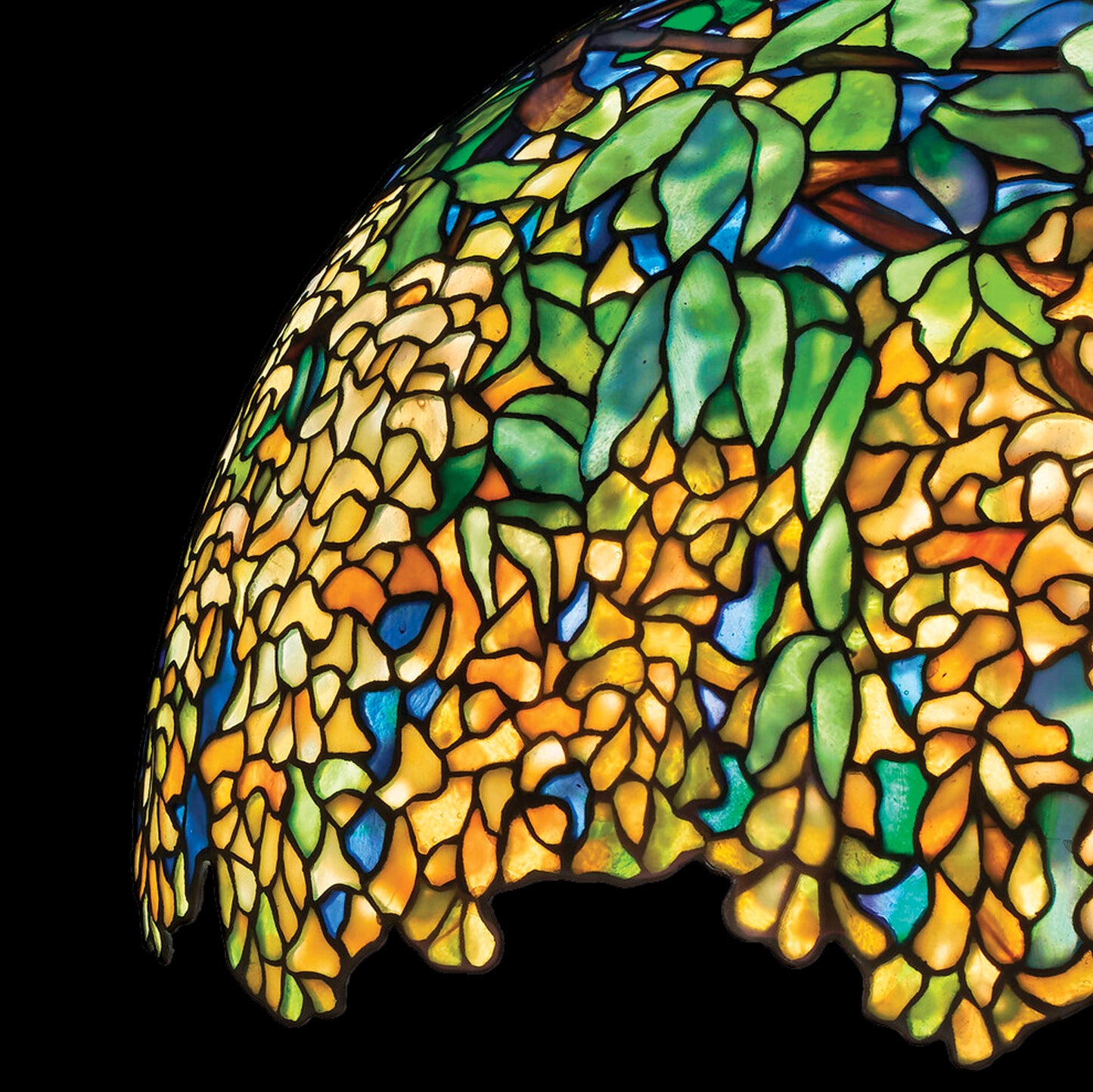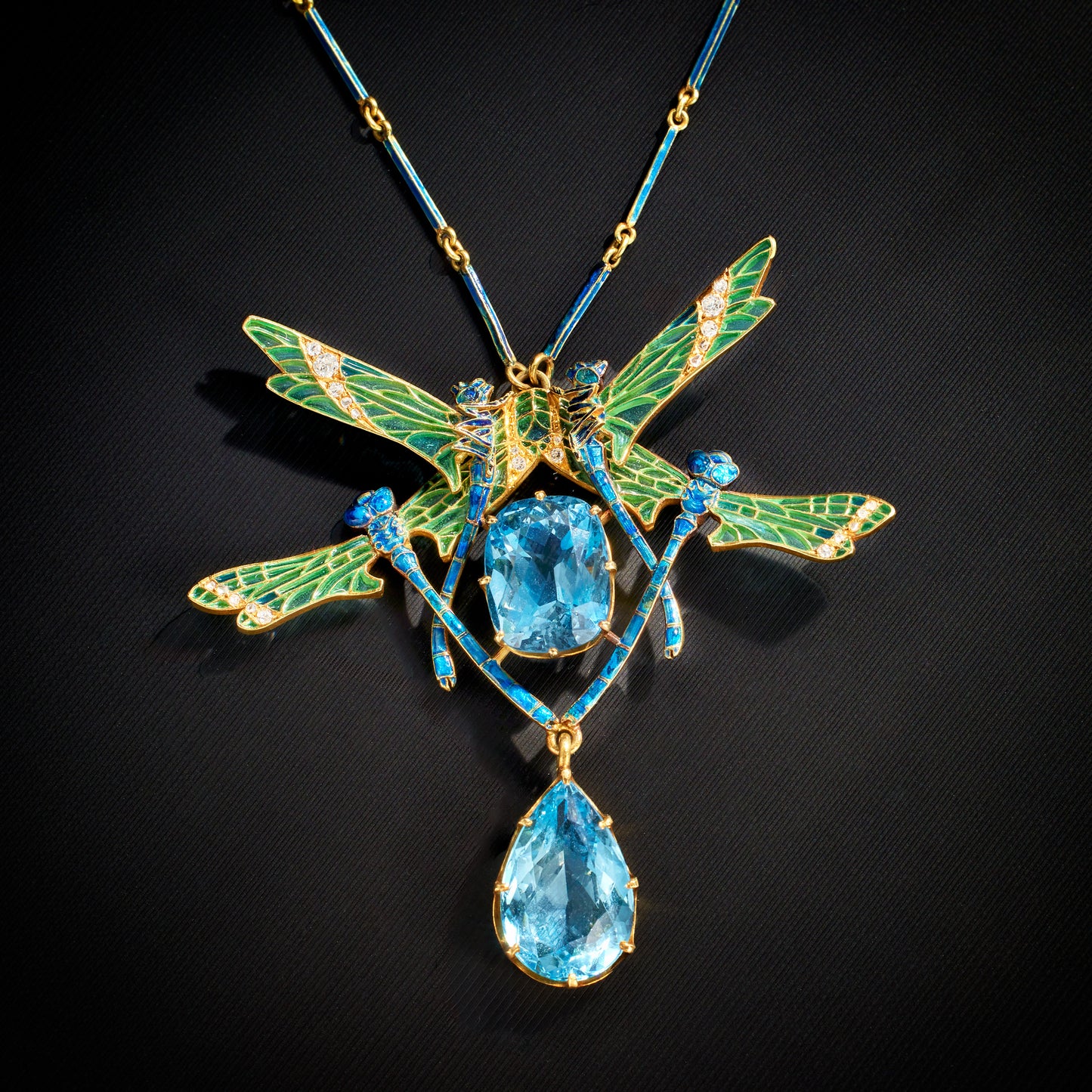Archaeological Revival Fibula Brooch
Item #: BO-20926
Circa: 1870-1880
Dimensions: 1.00" height; 2.25" width
Materials: 18K Gold
Literature: This brooch is modeled on an Etruscan fibula held in the collection of the Louvre, pictured in Eugène Fontenay, Les Bijoux Anciens et Modernes, p. 332. Similar brooch pictured in Understanding Jewellery, by David Bennett and Daniela Mascetti p. 169
Item #: BO-20926
Circa: 1870-1880
Dimensions: 1.00" height; 2.25" width
Materials: 18K Gold
Literature: This brooch is modeled on an Etruscan fibula held in the collection of the Louvre, pictured in Eugène Fontenay, Les Bijoux Anciens et Modernes, p. 332. Similar brooch pictured in Understanding Jewellery, by David Bennett and Daniela Mascetti p. 169























